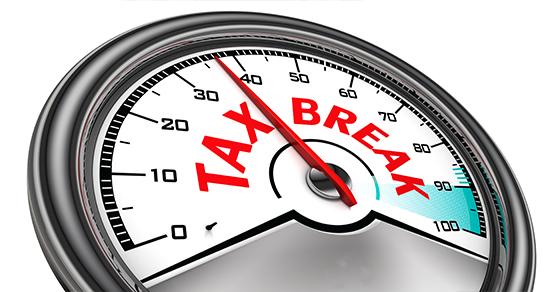The so-called “kiddie tax” can cause some of a child’s unearned income to be taxed at the parent’s higher marginal federal income tax rates instead of at the usually much lower rates that a child would otherwise pay. For purposes of this federal income tax provision, a “child” can be up to 23 years old. So, the kiddie tax can potentially affect young adults as well as kids.
Kiddie tax basics
Perhaps the most important thing to know about this poorly understood provision is that, for a student, the kiddie tax can be an issue until the year that he or she turns age 24. For that year and future years, your child is finally kiddie-tax-exempt.
The kiddie tax is only assessed on a child’s (or young adult’s) unearned income. That usually means interest, dividends and capital gains. These types of income often come from custodial accounts that parents and grandparents set up and fund for younger children.
Earned income from a job or self-employment is never subject to the kiddie tax.
Calculating the tax
To determine the kiddie tax, first add up the child’s (or young adult’s) net earned income and net unearned income. Then subtract the allowable standard deduction to arrive at the child’s taxable income.
The portion of taxable income that consists of net earned income is taxed at the regular federal income tax rates for single taxpayers.
The portion of taxable income that consists of net unearned income that exceeds the standard deduction ($2,600 for 2024 or $2,500 for 2023) is subject to the kiddie tax and is taxed at the parent’s higher marginal federal income tax rates.
The tax is calculated by completing an IRS form, which is then filed with the child’s Form 1040.
Is calculating and reporting the kiddie tax complicated? It certainly can be. We can handle the task when we prepare your tax return.
Is your child exposed?
Maybe. For 2023, the relevant IRS form must be filed for any child or young adult who:
- Has more than $2,500 of unearned income;
- Is required to file a Form 1040;
- Is under age 18 as of December 31, 2023, or is age 18 and didn’t have earned income in excess of half of his or her support, or is between ages 19 and 23 and a full-time student and didn’t have earned income in excess of half of his or her support;
- Has at least one living parent; and
- Didn’t file a joint return for the year.
For 2024, the same rules apply except the unearned income threshold is raised to $2,600.
Don’t let the tax sneak up on you
The kiddie tax rules are pretty complicated, and the tax can sneak up on the unwary. We can determine if your child is affected and suggest strategies to minimize or avoid the tax. For example, your child could invest in growth stocks that pay no or minimal dividends and hold on to them until a year when the kiddie tax no longer applies. Contact us if you have questions or want more information.
© 2024





